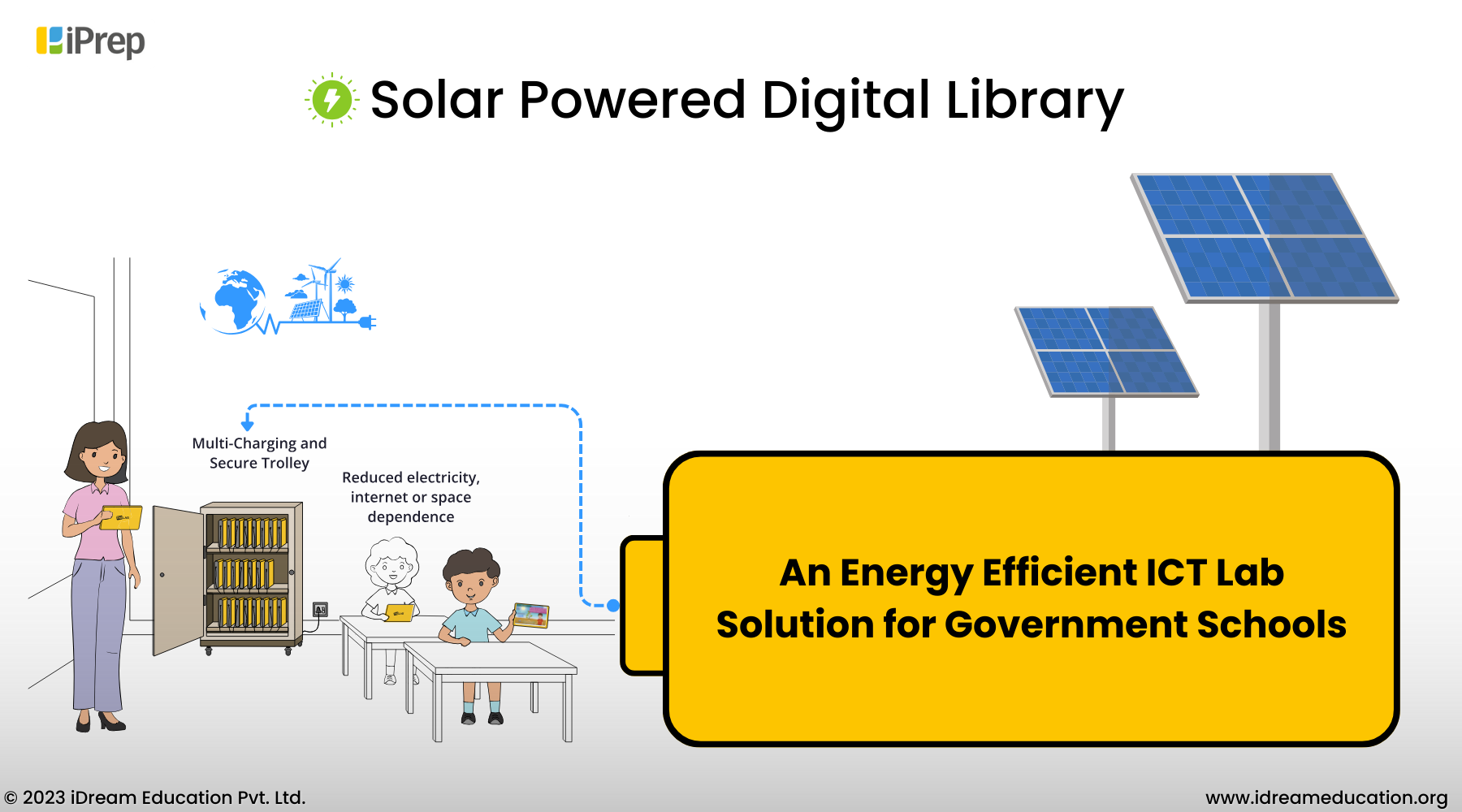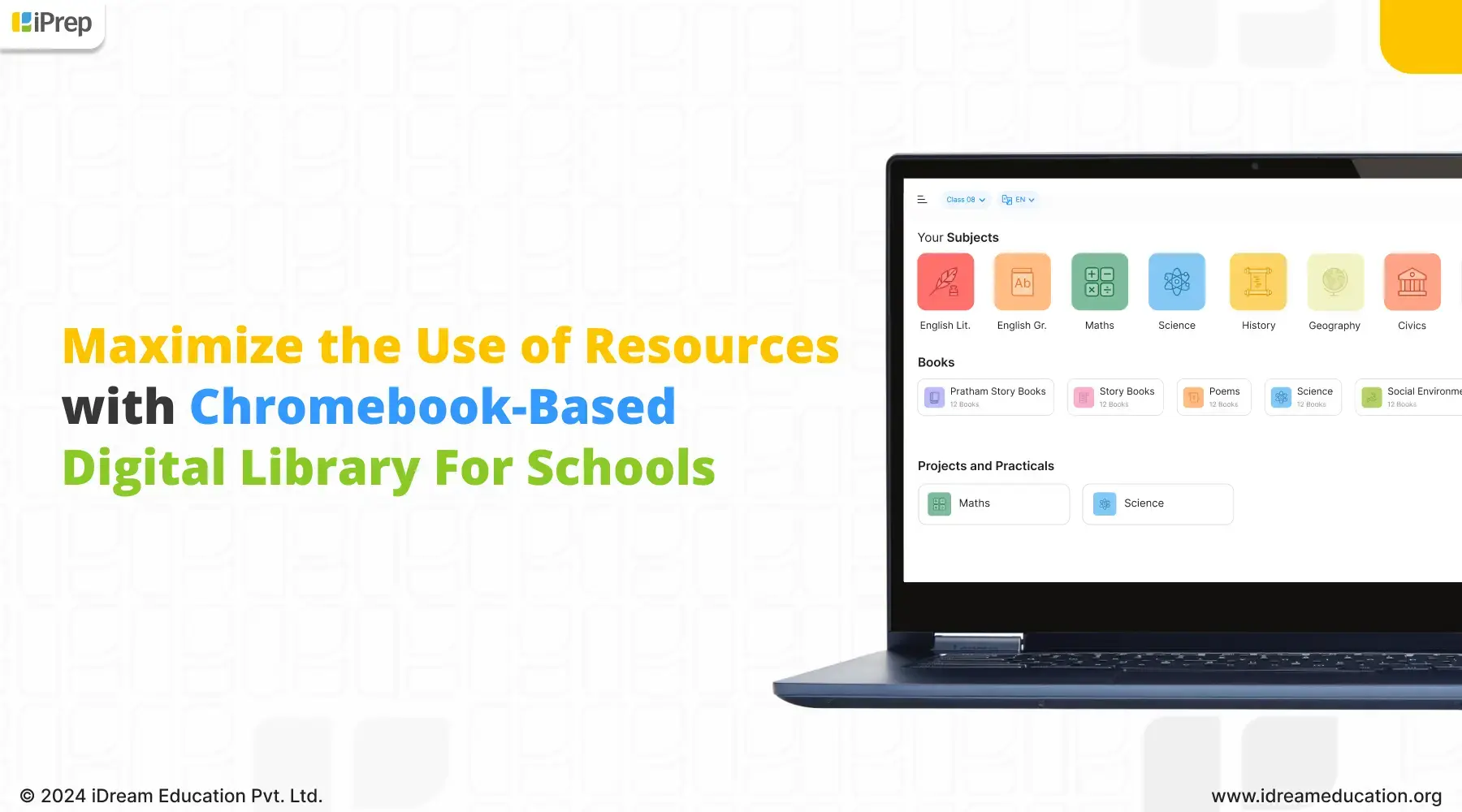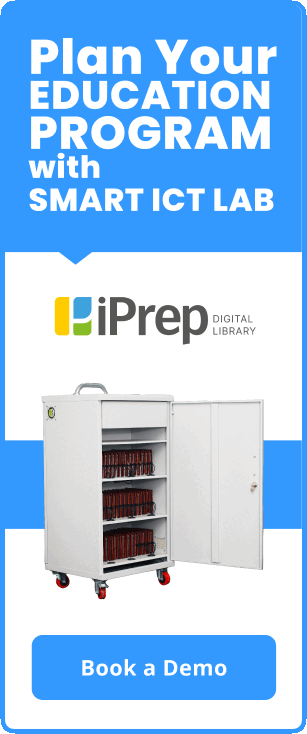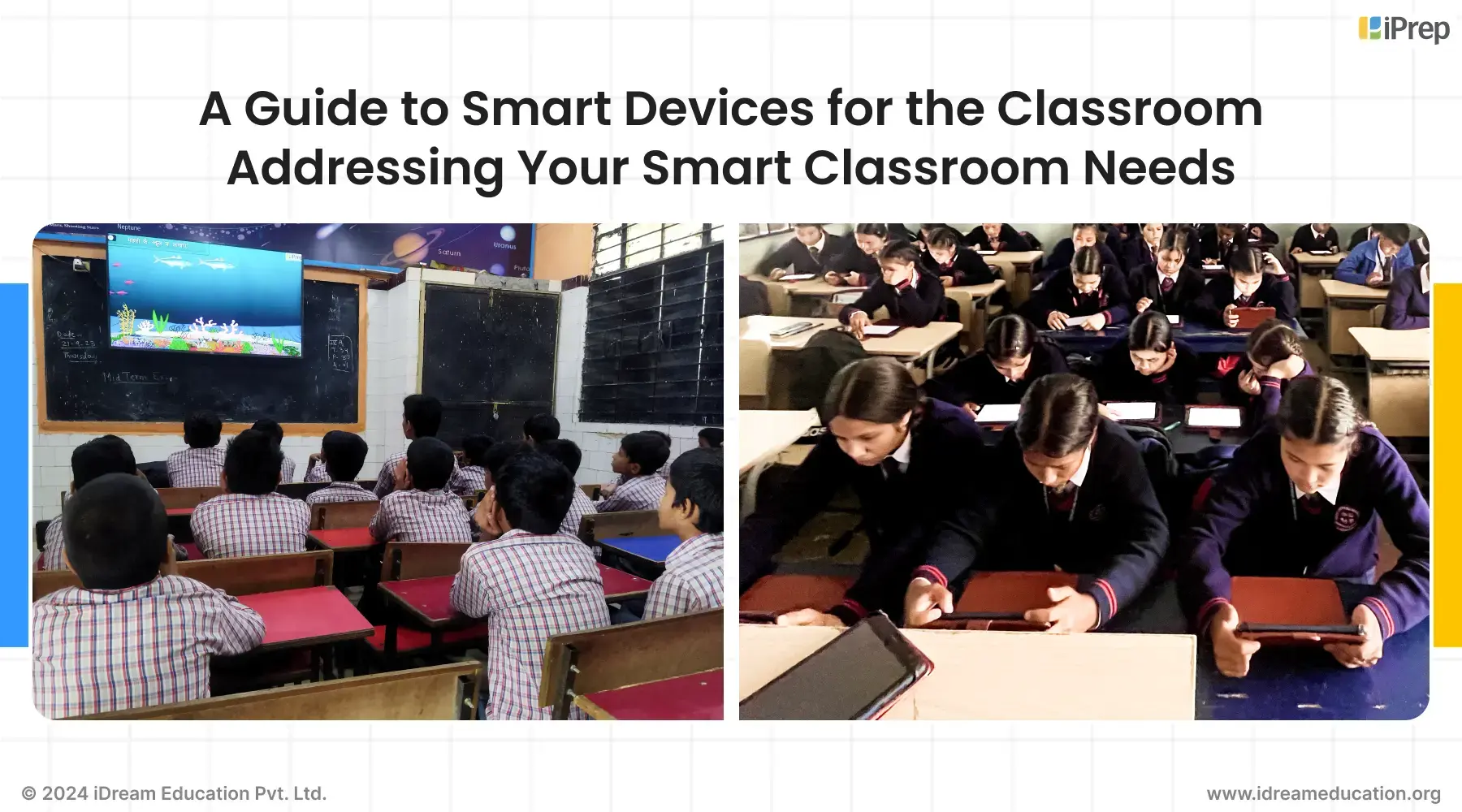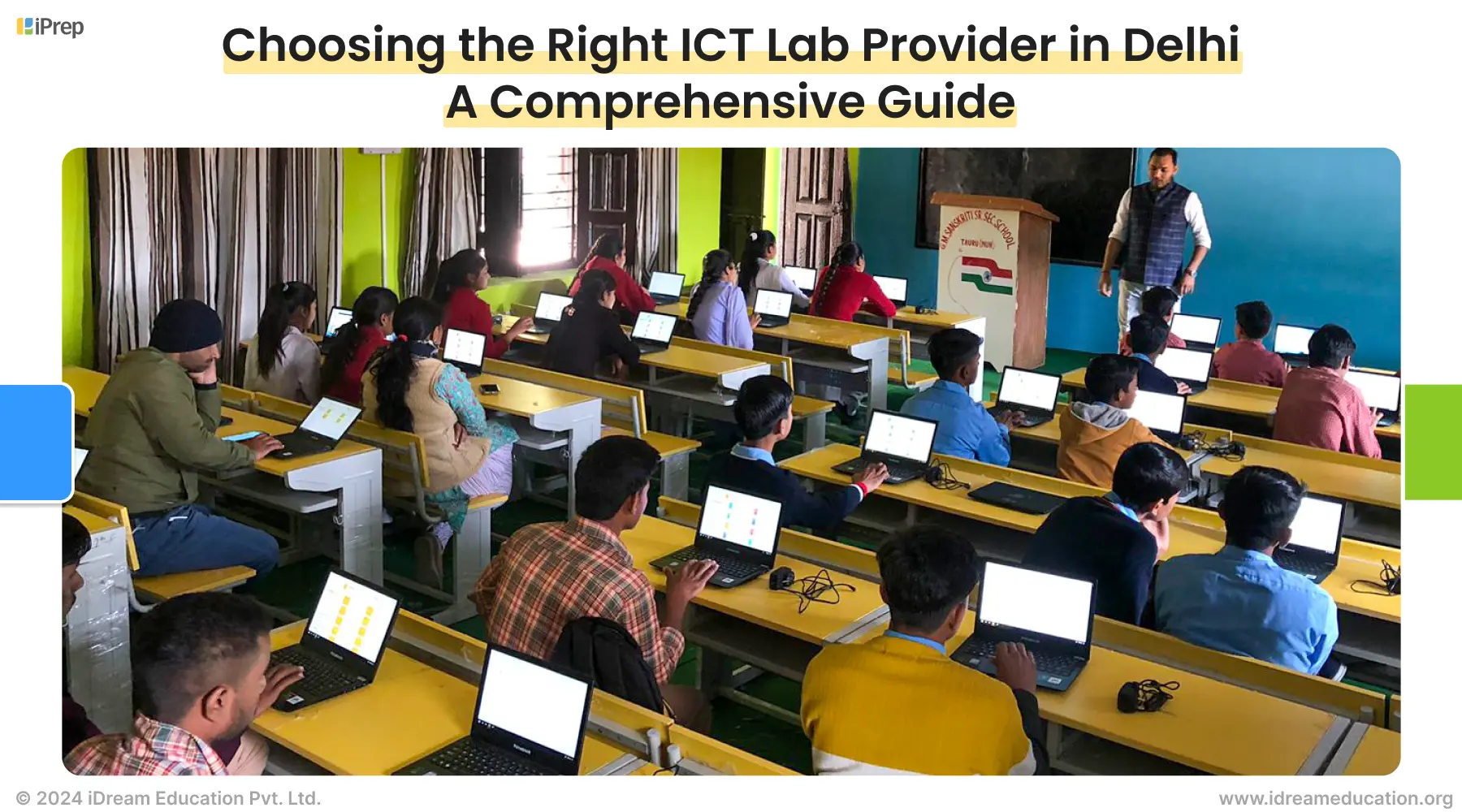Story of Evolution of Tablet Charging Rack – Best way to use Educational Tablets in Schools

The tablet charging rack, or “tablet trolley” as we affectionately call it, has become the backbone of our iPrep digital library, TABLAB. Yet, when we first started our rural digital learning journey, its significance wasn’t immediately apparent. This is the story of an innovation that emerged as we navigated the challenges of bringing technology to government schools.
Our First Project Enabled a Sense of Joy and Relief
The first time we introduced tablets for learning in a government school, I was both excited and anxious. I hoped the students would be thrilled with this new touch-and-play device. While they had seen smartphones at home, they did not always get to spend as much time as they would like to. Now, they had a chance to explore a device independently, in their own way. I naturally expected them to have a wonderful time.
And they did.
This was our first project, and we were excited and nervous at the same time. We genuinely wanted to see joy in the children’s eyes. When I visited the school and saw them happily engaged with their tablets, my initial emotion was relief. I silently thanked God that the tablets were working properly and the students were captivated.
A digital learning intervention in a government school has to be of course looked at from a long-term perspective. But standing there in the school, talking to these children made me feel that we were on the right track to providing enjoyable & personalized learning to such last-mile learners.
Eureka Moment – A teacher shares his experience of using the iPrep Digital Library- TABLAB
After spending time with the children, I approached teachers to learn about their experiences. During an interaction with teachers and students, I was impressed by how teachers used tablets to guide students, providing individual support and keeping everyone engaged. I thought this was great.
When I asked a teacher about any challenges, her innocent response, “I don’t know how to charge these tablets,” was a revelation. It highlighted that even with the best technology, overlooking basic practicalities can hinder the use of technology in classrooms. This “eureka moment” taught me the importance of addressing all aspects of implementation, not just the grand vision.
Let us understand the concern more deeply,
We can not expect teachers to walk into the school every morning, take out the tablets from her almirah, and then find out as many switches as the number of tablets. Plus, they had to ensure all the tablets were charged efficiently. This is actually quite a cumbersome task
This system is further strained by unforeseen circumstances, such as tablet management when teachers are absent and sudden power outages when devices are getting charged.
In essence, the current tablet management process places a substantial burden on teachers, with the potential for disruption and inefficiency.
Read: Why do Tablets for school makes sense in today’s world?
Therefore, our Core Philosophy was to make it easy for all stakeholders to use Technology
At iDream Education, our core philosophy has always been on crafting student-centric digital learning solutions that address the technological hurdles schools face. Recognizing the crucial role of tablet storage and charging, we dedicated ourselves to finding an effective solution, aiming to significantly boost daily tablet usage in schools.
We immediately sprang into action, swiftly developing and launching our first-ever tablet charging cart—a versatile tablet trolley that changes how devices are managed in schools. This innovative solution not only provided secure storage but also efficiently charged all tablets simultaneously, streamlining the entire process.
Key features of our initial model included:
- Dedicated slots: Each tablet had its own designated space, ensuring organized storage.
- Lockable charging station: The cart solved the security of devices with the easy feature of the rack.
- Built-in electrical system: A single switch effortlessly activates simultaneous charging for all tablets.
See the attached image for a glimpse of the first design of our digital library solution.

Solving Multiple Challenges with one product
It acts like a docking station for multiple devices. With one single device, we solved multiple challenges:
- Eliminates Security and Charging Concerns: Teachers no longer need to worry about the secure storage or daily charging of tablets. With a single switch, all devices charge simultaneously.
- No More Monitoring: The charging system eliminates the need for teachers to track charging progress or worry about device overheating.
- Uninterrupted Learning: By charging the devices at any time, the charging rack eliminates dependence on continuous electricity. Once charged for 3-4 hours, devices can be used for the entire school duration which is 7-8 hours, ensuring uninterrupted learning.
- Increased Teacher Autonomy: Teachers are empowered to manage device charging independently, without relying on a single point person.
Our journey began at the first school, where we installed the tablet charging rack. The teacher’s immediate relief was palpable as she promised to encourage her students to embrace self-directed learning through the tablets.
We then implemented our tablet storage and charging solution in more schools in collaboration with our social sector organizations, state government, and hardware providers.
Continuously fine-tuning to build the best-suited solution
Initially known as TabLab, this innovative solution has evolved into the iPrep Digital Library, expanding its capacity to include not only tablets but also a variety of devices like Primebooks and Chromebooks.
Over time, we have also researched and fine-tuned to launch several other models of tablet storage and charging stations which are:
- Lightweight & Portable: Easily transported, with convenient wheels for effortless movement.
- Durable Construction: Made with iron for long-lasting performance.
- Advanced Electrical Protection: Safeguards tablets from power fluctuations and surges.
- Highly Customizable: Adapts to various tablet quantities and usage scenarios.
- Wall-Mounted Option: Space-saving charging station for wall installation.
Impact
Our average daily utilization of educational tablets in schools has gone up from just 30 minutes earlier to over 2 hours per day per school ever since we started setting up the Tablet charging rack.
What lies ahead?
Our vision w.r.t TABLAB is to really make it into a simple plug n play digital learning lab, which is easy to set up and even easier to use and manage. It should complement the psychology of all stakeholders in our school ecosystem – whether government or private.
With the tablet charging rack and our continued innovation around student centric digital learning, we wish to make iPrep Digital Library- TABLAB as the best suited way of using educational tablets in schools. I am happy that we are heading in the right direction.
With our experiences, we have come to firmly believe that the real innovation is in solving the finer problems which make or break the usage and impact barriers.
Have you had any experience of using tablets in schools? Please do share with us your thoughts and also how can we further improve the experience for teachers and students.
If there is anything else you would like to discuss about the charging rack (Trolley) or any other aspect of iPrep Digital Library- TABLAB, please feel free to connect with us +91 9501110665 OR write to us at share@idreameducation.org


